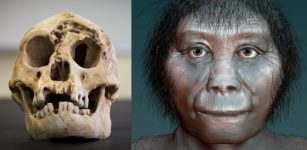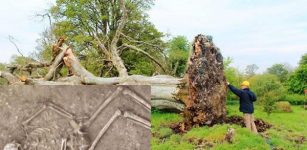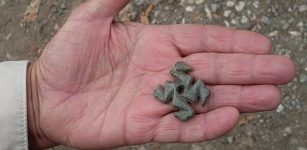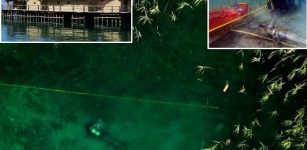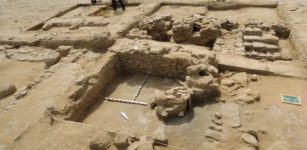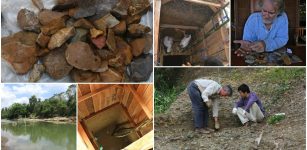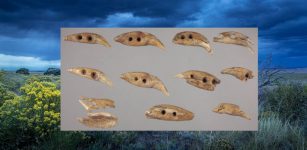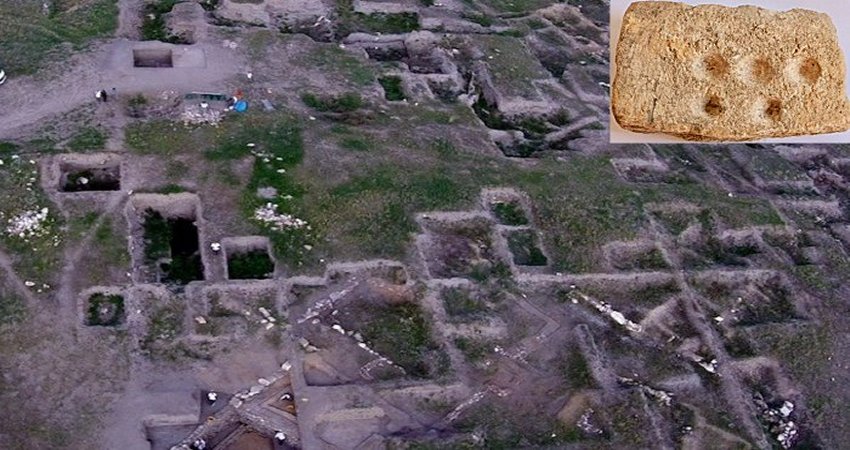Unraveling The Mystery Of The Madagascar Migration: Can Ancient Crops Solve The Riddle?
MessageToEagle.com – How people from South East Asia end up on the African Island of Madagascar is uncertain. It is plausible that people from Asia have undergone long distance voyages across the Indian Ocean to migrate in Africa. Can ancient crops unravel the mystery of the Madagascar migration?
Scientists have studied over 2,500 seed remains excavated from 18 sites across Madagascar, Comoro Islands and other spots in Africa’s eastern coast to gain better insight into how people reached Madagascar.

Researchers discovered a distinct pattern from the seeds dated back to 8th and 10th centuries AD. They noticed that crops that are native to Africa were concentrated to mainland and other islands closest to the mainland, while Madagascar and Comoro Islands were more focused on Asian crops, which include Asian rice, mung bean and cotton.
See also:
4,500-Year-Old Skeleton Unearthed In Ethiopia Reveals Vast Eurasian-African Migration
Here’s How Genetics Helped Crack The History Of Human Migration
Vanuatu Ancient Skulls Shed Light On Polynesian Migration
“The origins of Southeast Asian settlers in Africa has long puzzled historians and archaeologists. This is the first really clear archaeological evidence that they did indeed make extraordinary journeys across 4,000 miles of the Indian Ocean during the first millennium AD,” explained Professor Mark Horton of the Department of Archaeology and Anthropology at the University of Bristol, who led the excavations for the project on Zanzibar and Comoros.
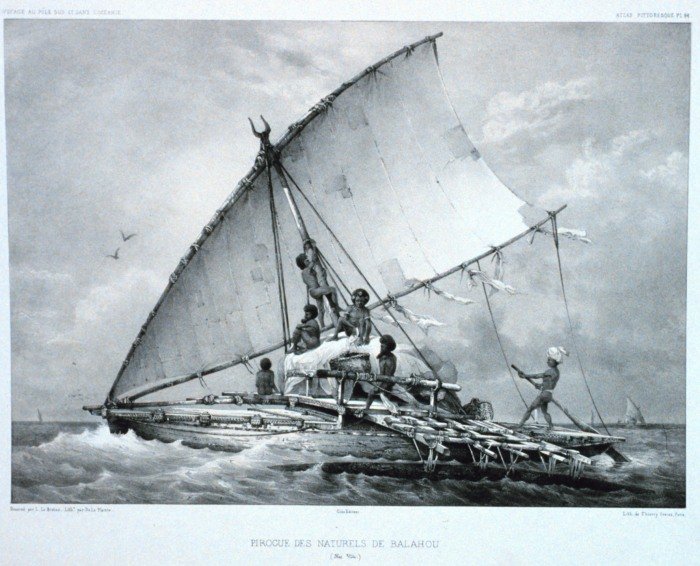
“We’ve been able to not only to show for the first time an archaeological signature of Austronesians, we’ve also shown that it seems to extend beyond Madagascar.
This is really exciting, and highlights how much we still have to learn about this fascinating migration,” said Dr Nicole Boivin, project leader from the School of Archaeology at the University of Oxford and Director of the Department of Archaeology at the Max Planck Institute for the Science of Human History, in a statement.
MessageToEagle.com

